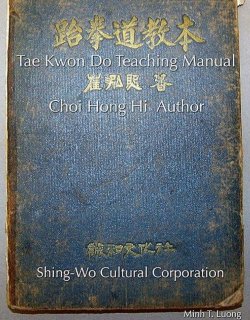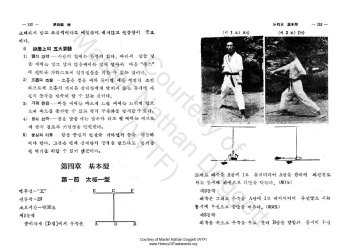Earl Weiss
Senior Master
- Joined
- Jan 27, 2009
- Messages
- 3,595
- Reaction score
- 935
There are some on line sources for the 15 Volume encyclopedia. You could have downloaded it much quicker. I downloaded it to my phone so I could reference it in class. I think one site even has it in a "Searchable" format.If you would like the most recent version for comparison we could trade. I made PDF files out of it from the CD, one per volume. (Same painstaking process.)


